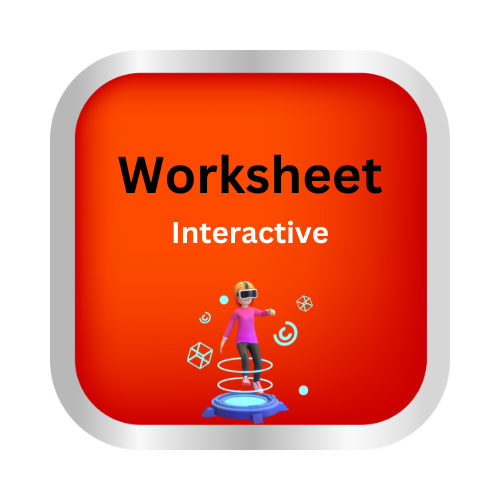Infectious Diseases
Key Notes:
🦠 What are Infectious Diseases?
- Infectious diseases are illnesses caused by pathogens — harmful microorganisms like bacteria, viruses, fungi, protozoa, or parasites.
- These diseases can spread from one person to another (contagious).
- Examples: Common cold, tuberculosis, malaria, COVID-19.
🔍 Types of Pathogens
1️⃣ Bacteria – Single-celled organisms (e.g., tuberculosis, cholera)
2️⃣ Viruses – Tiny particles that need a host to reproduce (e.g., flu, HIV, COVID-19)
3️⃣ Fungi – Can cause infections on the skin or inside the body (e.g., athlete’s foot, ringworm)
4️⃣ Protozoa – Single-celled organisms, often found in contaminated water (e.g., malaria, amoebiasis)
5️⃣ Parasites – Live on or inside a host (e.g., tapeworms, lice)
🔬 How Do Infectious Diseases Spread?
✅ Direct Contact – Touching an infected person (e.g., chickenpox)
✅ Indirect Contact – Touching contaminated objects (e.g., cold virus on doorknobs)
✅ Airborne Transmission – Breathing in droplets from sneezes or coughs (e.g., flu, COVID-19)
✅ Contaminated Food or Water – Eating/drinking infected items (e.g., cholera, typhoid)
✅ Animal or Insect Bites – Carriers like mosquitoes (e.g., malaria, dengue)
🛡️ Body’s Defense System
The body fights infections using:
- Skin – First line of defense, blocks pathogens.
- Mucus and Cilia – Trap and sweep away microbes in the respiratory tract.
- White Blood Cells (WBCs) – Attack and destroy pathogens.
- Antibodies – Special proteins that recognize and neutralize pathogens.
- Fever – Raises body temperature to slow pathogen growth.
💉 Prevention and Control
- Vaccination – Trains the immune system to fight specific pathogens.
- Personal Hygiene – Wash hands, cover mouth when sneezing, etc.
- Clean Food and Water – Avoid contaminated food and drinks.
- Insect Control – Use mosquito nets, repellents, and prevent standing water.
- Quarantine and Isolation – To stop the spread of contagious diseases.
💊 Treatment
- Antibiotics – For bacterial infections only (e.g., penicillin for strep throat).
- Antiviral drugs – For viral infections (e.g., Tamiflu for flu).
- Antifungal drugs – For fungal infections.
- Antiprotozoal/Antiparasitic drugs – For protozoan or parasitic infections (e.g., anti-malarial drugs).
- Rest, fluids, and proper nutrition help the body recover faster.
🔥 Common Infectious Diseases and Their Pathogens
| Disease | Pathogen Type | Example Pathogen |
|---|---|---|
| Common Cold | Virus | Rhinovirus |
| Tuberculosis | Bacteria | Mycobacterium tuberculosis |
| Malaria | Protozoa | Plasmodium |
| Athlete’s Foot | Fungi | Trichophyton |
| COVID-19 | Virus | SARS-CoV-2 |
| Dengue Fever | Virus | Dengue Virus |
🌟 Key Takeaways
- Infectious diseases spread from person to person through contact, air, water, or vectors (insects).
- Preventive measures like vaccines, hygiene, and clean environments are crucial.
- Treatment depends on the type of pathogen — not all infections are treated with antibiotics.
- Strong immunity helps protect against infections naturally.
Let’s practice!

